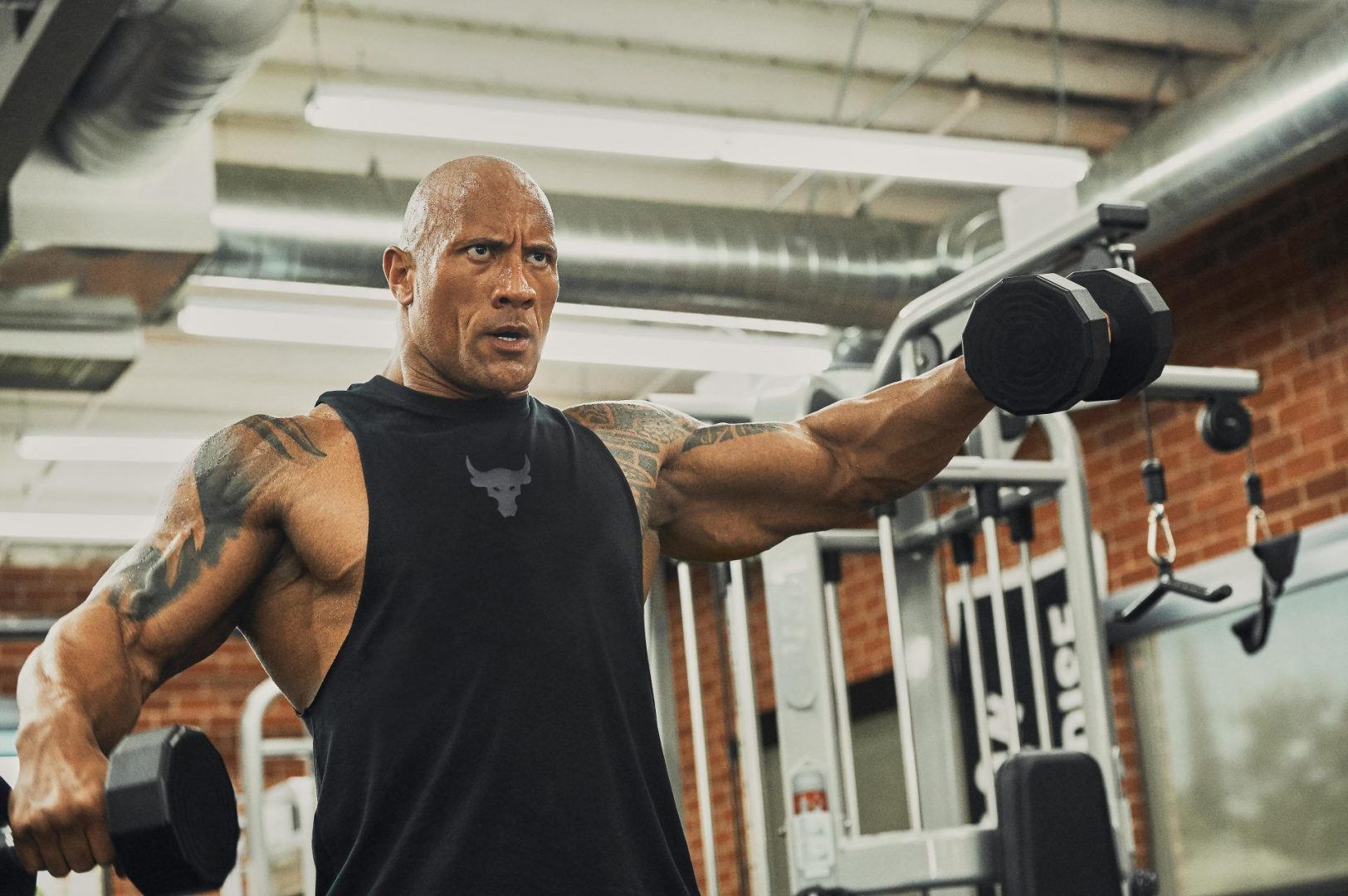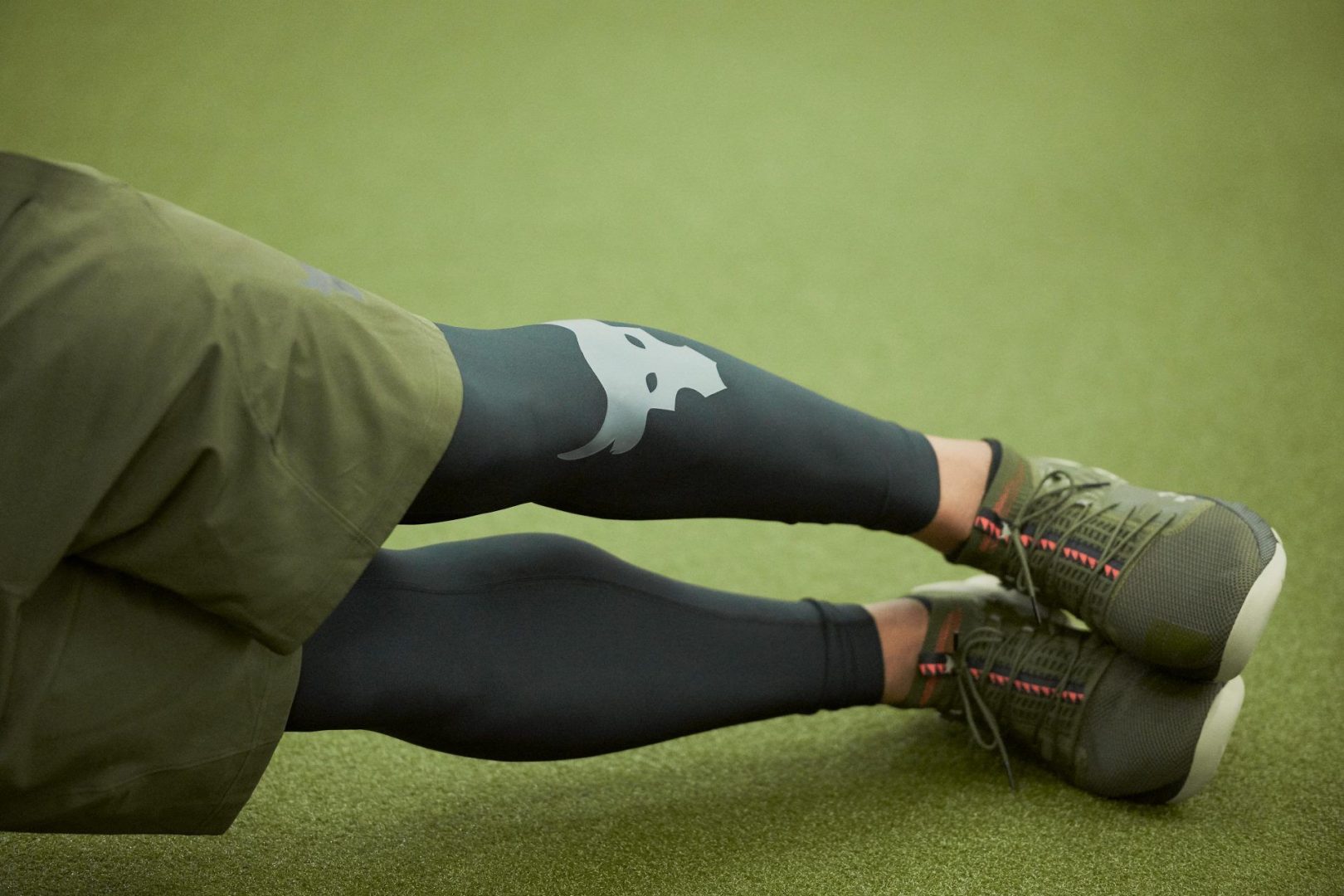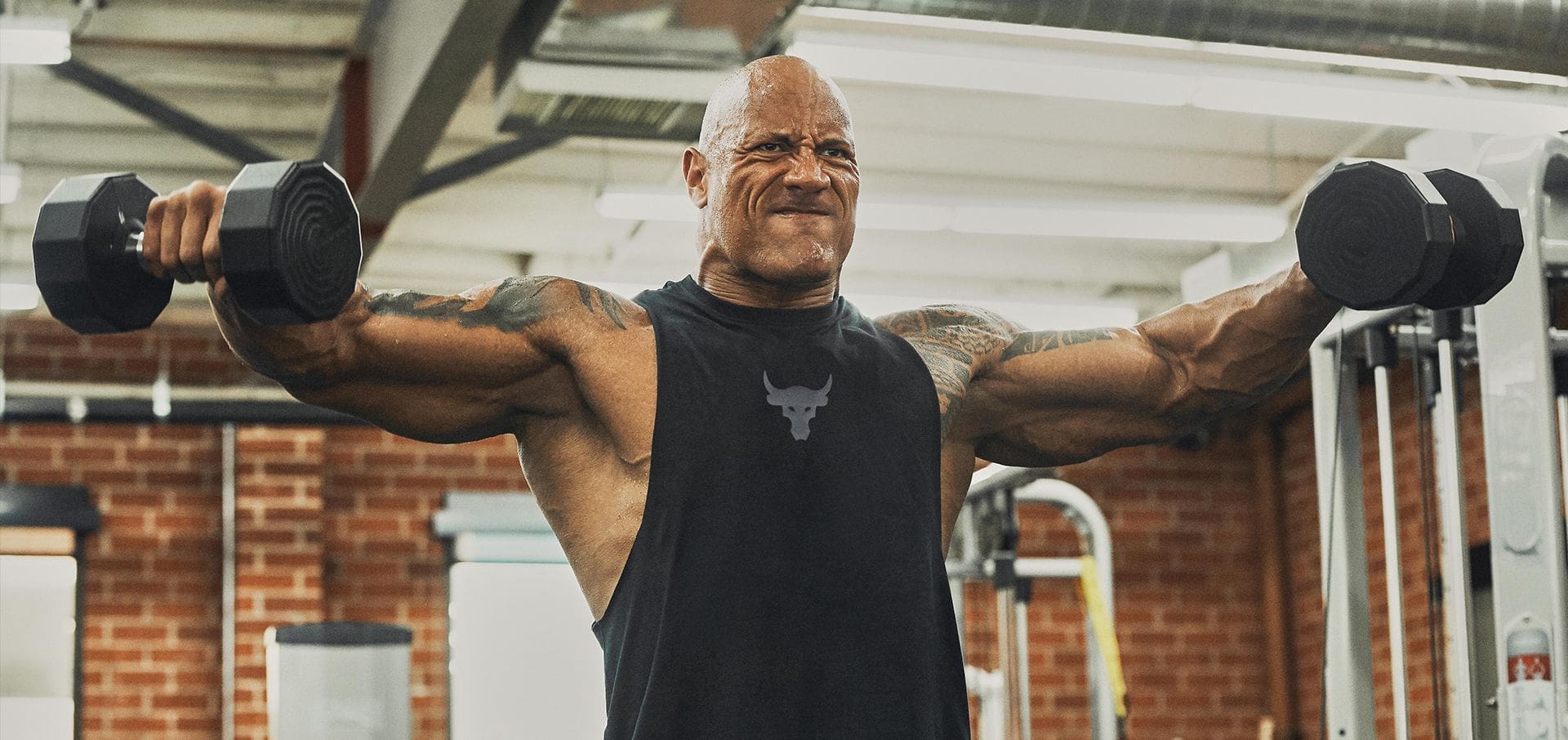Three Disciplines To Help Get Into Weight Training
“Wanna come do some weight training?” If you’ve been asked this question by a friend or work colleague and have quickly made up some lame excuse to dodge it – don’t feel bad, you’re not alone! Many people hear those very syllables and run directly for the hills.
The thing is; weight training isn’t necessarily what you think it is; dressing up in some sort of ridiculously brief leotard, clapping chalk dust all over your hands and lifting weights so heavy the barbell bends under the strain. That’s weightlifting, which is not the be all and end all of lifting weights.
Weight training actually takes many different forms and the training can be altered to suit whatever you want to get out of it. I’ll look at three disciplines here to give you an idea of how they relate to each other and how they could possibly relate to your life.
Repetition Maximum
But first, let’s look at that building block of weight training: the rep. Repetition is something we humans do if we want to get good at something, e.g.; practicing maths equations, dance moves or pickup lines. It’s the same with weight training, we do “sets” of repetitions of the same exercise in order to get better muscles/more strength/greater acceleration.
How many reps we do in a set can be many or just one depending on how much weight you are using in your exercises. If you stack so much weight on a bar you can only do one rep then that is a “repetition maximum” of one, or 1RM.
So 1RM is basically your personal best at any given exercise. You can achieve one repetition at that weight and that’s it, you’re too stuffed to go on. And, if you added half a kilo more to the bar, you couldn’t do it at all.
Whereas 10RM is the maximum amount of weight you can handle for 10 repetitions of a single exercise before failure. In other words, you are using a weight setting which you can complete 10 reps in – but the idea of attempting an 11th would be a “bridge too far”!
The amount will most likely be different for each exercise and will change over time as you develop muscle and grow stronger.
POWERLIFTING

Principle Benefit: Strength, strength & more strength
Categorised by: Low rep sets (1-5), high weights (80-100% 1RM)
Recovery time: 3-5 minutes per set
These are the big guys and gals. You do not want to try wrist wrestling these people as they could probably rip your arm clean off! You can recognise them by their general size as they tend to be more burly in shape than the other disciplines. This is due to the fact that they can tolerate a higher fat ratio than the others as more fat means more protein on hand ready to build more muscle!
Powerlifters only compete in three disciplines: deadlift, bench press and squat so you will see them training mainly in just those three exercises. Or occasionally in other exercises that will help their deadlift, bench press and/or squat.
If powerlifting is for you, be sure to train with a partner as a weight “spotter” (or bar catcher) is crucial. If you are pushing yourself to the limit with weights, failure is very much an option. So make sure you are prepared for it – every time you lift.
BODYBUILDING

Principle Benefit: Muscle mass, some strength
Categorised by: Medium rep sets (10-12), medium high weights (60-80% 1RM)
Recovery time: 1-2 minutes per set
These are the mirror men and women. They are all about having their bodies covered in bulging muscles so for them looks are far more important than records. Nutrition is also critical for bodybuilders if they are going into competition as they will need two distinct phases; bulking and cutting. Bulking is a powerlifting-like phase when bodybuilders eat as much as they can to bulk up their muscle whereas cutting is a strict dietary phase aimed at stripping away all their body fat to accentuate muscle mass. Bodybuilders use a wide range of exercises including isolations to focus on particular muscles or muscles sets they feel need extra development.
DYNAMIC TRAINING

Principle Benefit: Explosive power, acceleration
Categorised by: High rep sets (15+), lighter weights (<60% 1RM)
Recovery time: <30 sec per set
This is the athlete or sportsperson’s weight training. The goal here is to develop purpose-driven muscle for specific use in whatever sport the athlete competes in. For example; a rugby prop and a cyclist might both do weighted squats, but one might do staggered feet squats to develop power for the scrum engagement while the other do one-legged squats to develop pedaling power. Recovery time is kept to a minimum here as the training is contextual, the athlete won’t have time to stand around catching their breath during a game. Unlike the other two disciplines, Dynamic Training is very much just part of an athlete’s training and will likely be used in conjunction with cardio and other skills-based work. Nutrition is also very important but requirements will vary widely depending on the sport and athlete’s role within it.
INTERPLAY
These disciplines are not mutually exclusive by any means. Gym or personal trainers will often encourage their charges to try one of the other disciplines every now and then to gain a benefit or two or even just to break up the monotony of training. Why not try them all? Then, the next time someone asks you to come weight training with them, you’ll know exactly what to set up on that bar.

